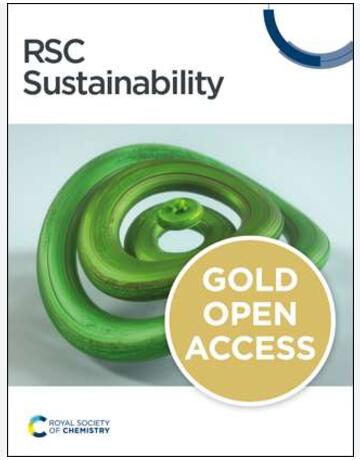Land Cover and Spatial Distribution of Surface Water Loss Hotspots in Italy
IF 3.3
3区 环境科学与生态学
Q2 ENVIRONMENTAL SCIENCES
引用次数: 0
Abstract
Increasing water withdrawals and changes in land cover/use are critically altering surface water bodies, often causing a noticeable reduction in their area. Such anthropogenic modification of surface waters needs to be thoroughly examined to recognize the dynamics through which humans affect the loss of surface water. By leveraging remotely-sensed data and employing a distance–decay model, we investigate the loss of surface water resources that occurred in Italy between 1984 and 2021 and explore its association with land cover change and potential human pressure. In particular, we first estimate the land cover conversion across locations experiencing surface water loss. Next, we identify and analytically model the influence of irrigated and built-up areas, which heavily rely on surface waters, on the spatial distribution of surface water losses across river basin districts and river basins in Italy. Our results reveal that surface water losses are mainly located in northern Italy, where they have been primarily replaced by cropland and vegetation. As expected, we find that surface water losses tend to be more concentrated in the proximity of both irrigated and built-up areas yet showing differences in their spatial occurrence and extent. These observed spatial patterns are well captured by our analytical model, which outlines the predominant role of irrigated areas, mainly across northern Italy and Sicily, and more dominant effects of built-up areas across the Apennines and in Sardinia. By highlighting land cover patterns following the loss of surface water and evaluating the relative distribution of surface water losses with respect to areas of human pressure, our analysis provides key information that could support water management and prevent future conditions of water scarcity due to unsustainable water exploitation.意大利地表水流失热点地区的土地覆盖和空间分布
不断增加的取水量和土地覆盖/使用的变化正在严重改变地表水体,往往导致其面积明显缩小。对地表水体的这种人为改变需要进行彻底研究,以认识人类影响地表水流失的动力。通过利用遥感数据和距离衰减模型,我们调查了 1984 年至 2021 年期间意大利地表水资源的流失情况,并探讨了其与土地覆被变化和潜在人类压力之间的关联。具体而言,我们首先估算了地表水流失地点的土地覆被变化情况。接下来,我们确定了严重依赖地表水的灌溉区和建筑区对意大利各流域区和流域地表水流失空间分布的影响,并建立了分析模型。我们的研究结果表明,地表水流失主要集中在意大利北部,那里的地表水主要被耕地和植被所取代。正如预期的那样,我们发现地表水流失往往更集中在灌溉区和建筑密集区附近,但其发生的空间和范围却存在差异。我们的分析模型很好地捕捉到了这些观察到的空间模式,该模型概述了灌溉区(主要在意大利北部和西西里岛)的主要作用,以及亚平宁半岛和撒丁岛上建筑密集区的主要影响。通过强调地表水流失后的土地覆盖模式,以及评估地表水流失与人类压力地区的相对分布,我们的分析提供了关键信息,可以支持水资源管理,防止未来因不可持续的水资源开发而出现水资源短缺的情况。
本文章由计算机程序翻译,如有差异,请以英文原文为准。
求助全文
约1分钟内获得全文
求助全文
来源期刊

Sustainability
ENVIRONMENTAL SCIENCES-ENVIRONMENTAL SCIENCES
CiteScore
6.80
自引率
20.50%
发文量
14120
审稿时长
17.72 days
期刊介绍:
Sustainability (ISSN 2071-1050) is an international and cross-disciplinary scholarly, open access journal of environmental, cultural, economic and social sustainability of human beings, which provides an advanced forum for studies related to sustainability and sustainable development. It publishes reviews, regular research papers, communications and short notes, and there is no restriction on the length of the papers. Our aim is to encourage scientists to publish their experimental and theoretical research relating to natural sciences, social sciences and humanities in as much detail as possible in order to promote scientific predictions and impact assessments of global change and development. Full experimental and methodical details must be provided so that the results can be reproduced.
 求助内容:
求助内容: 应助结果提醒方式:
应助结果提醒方式:


